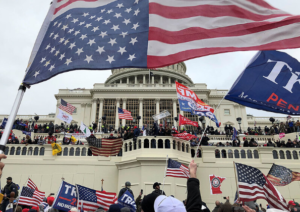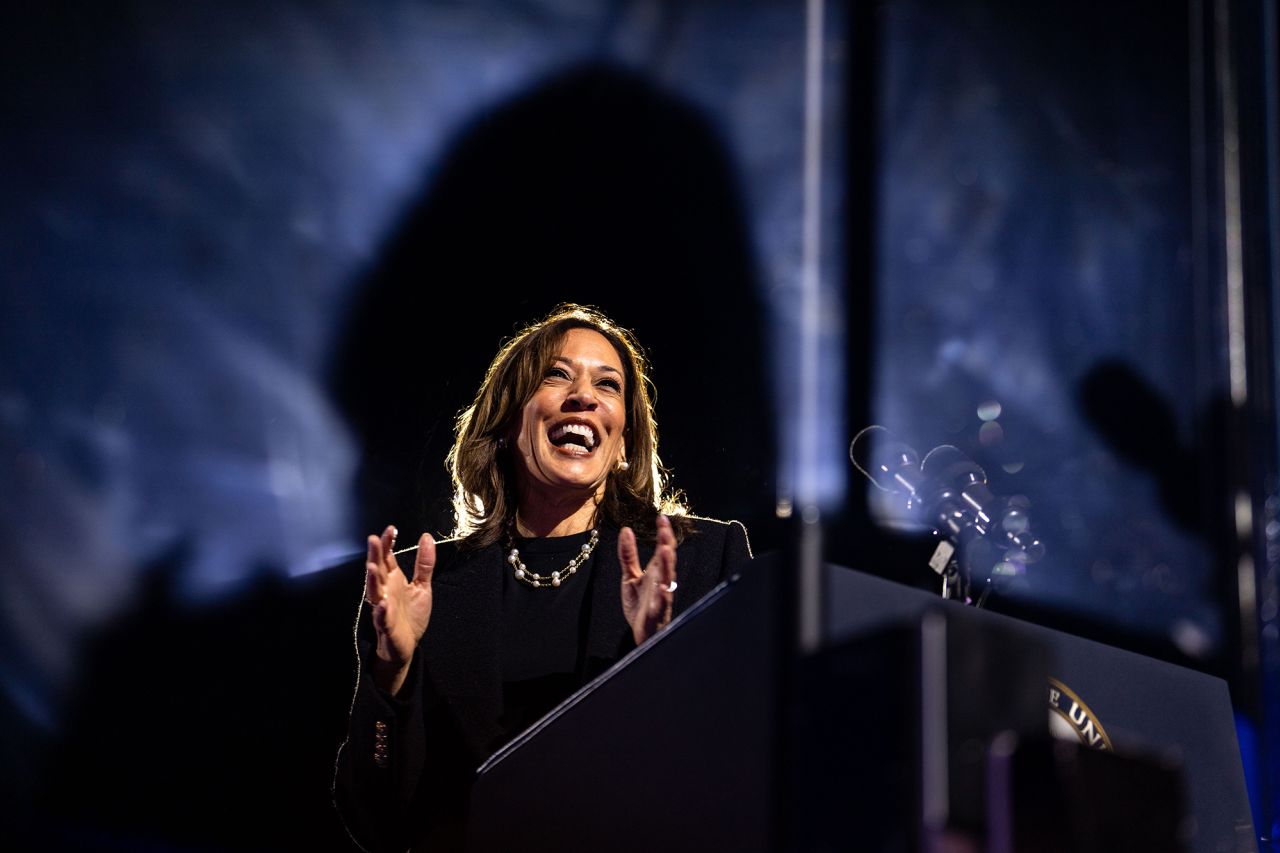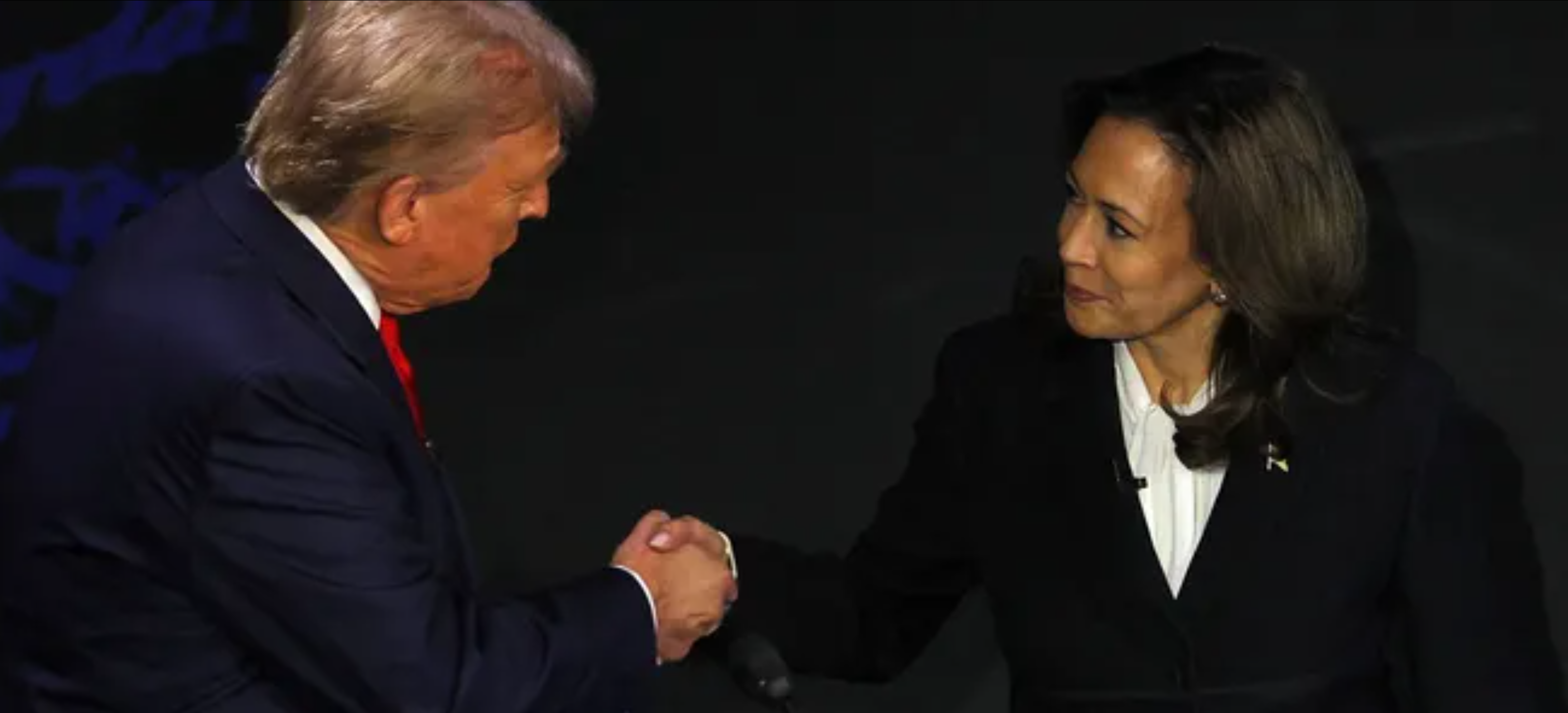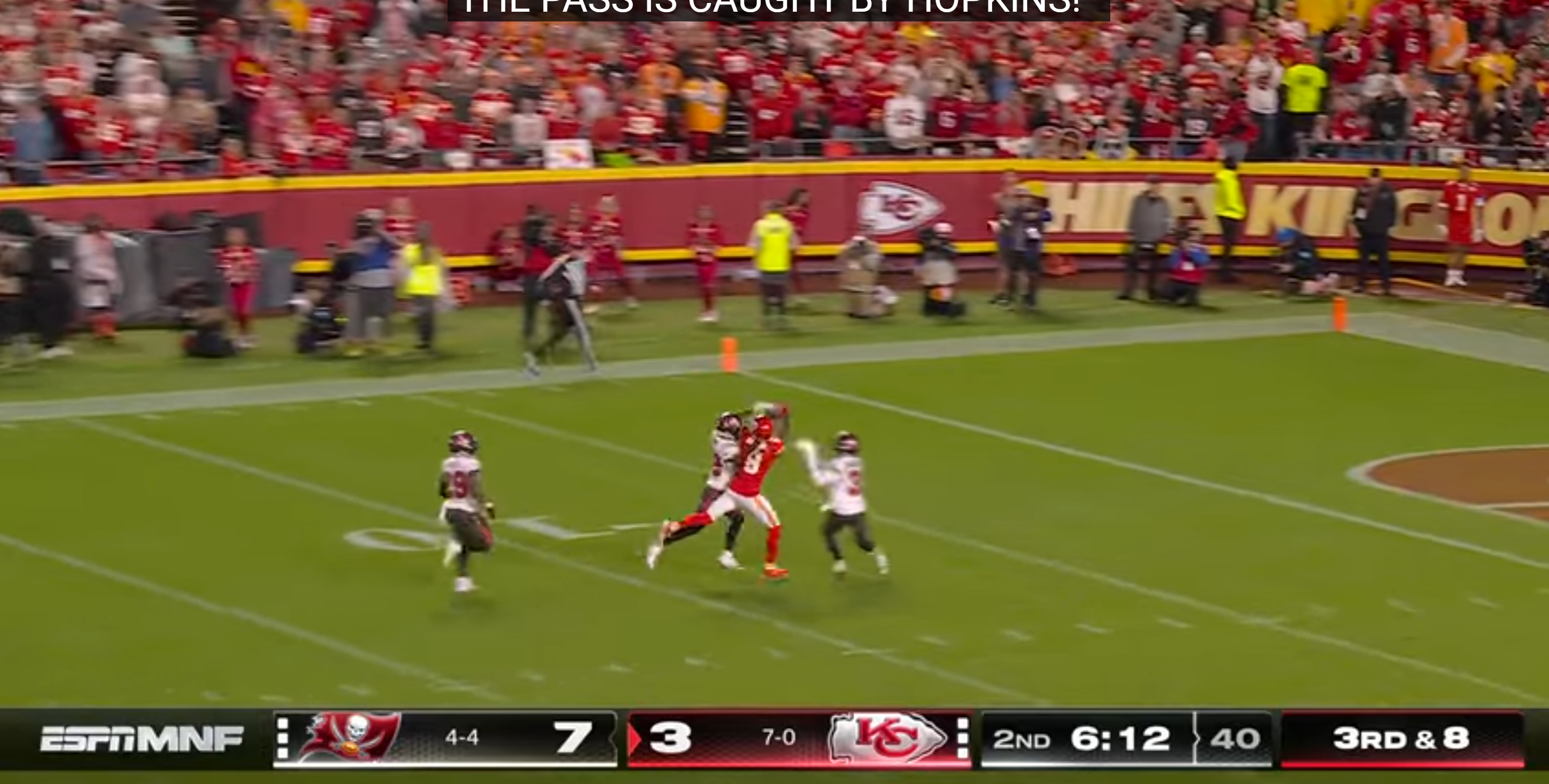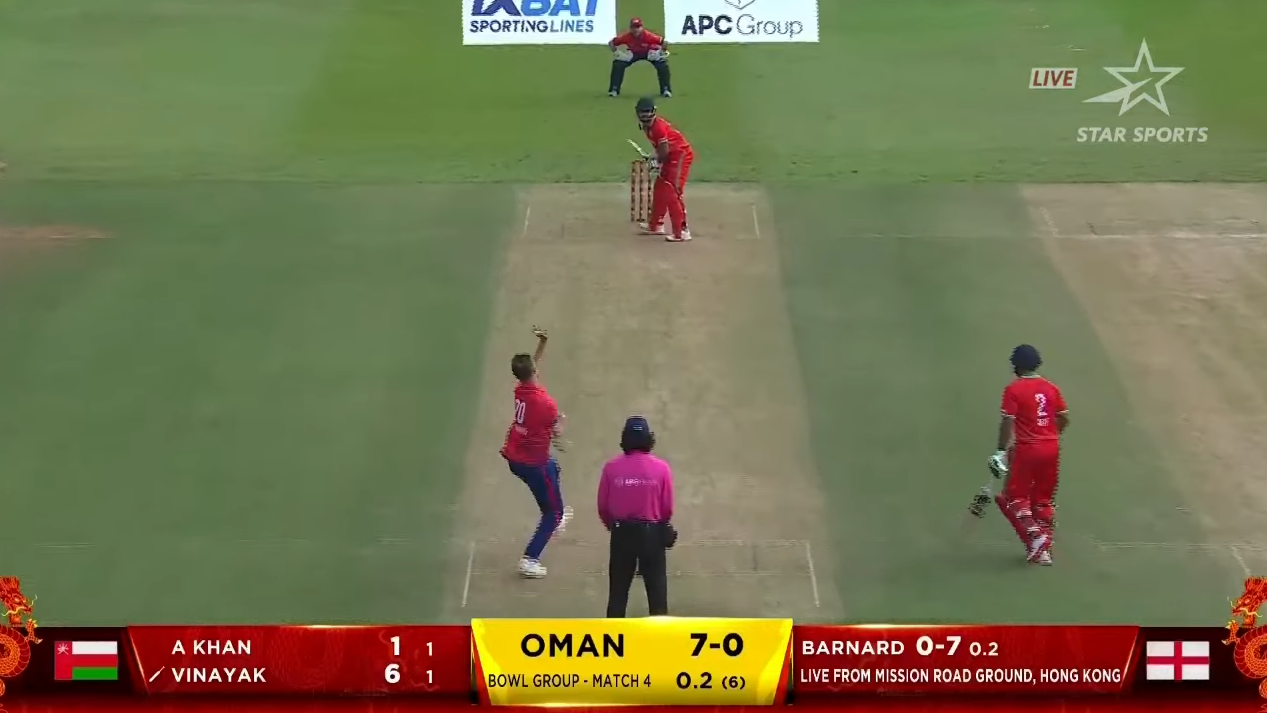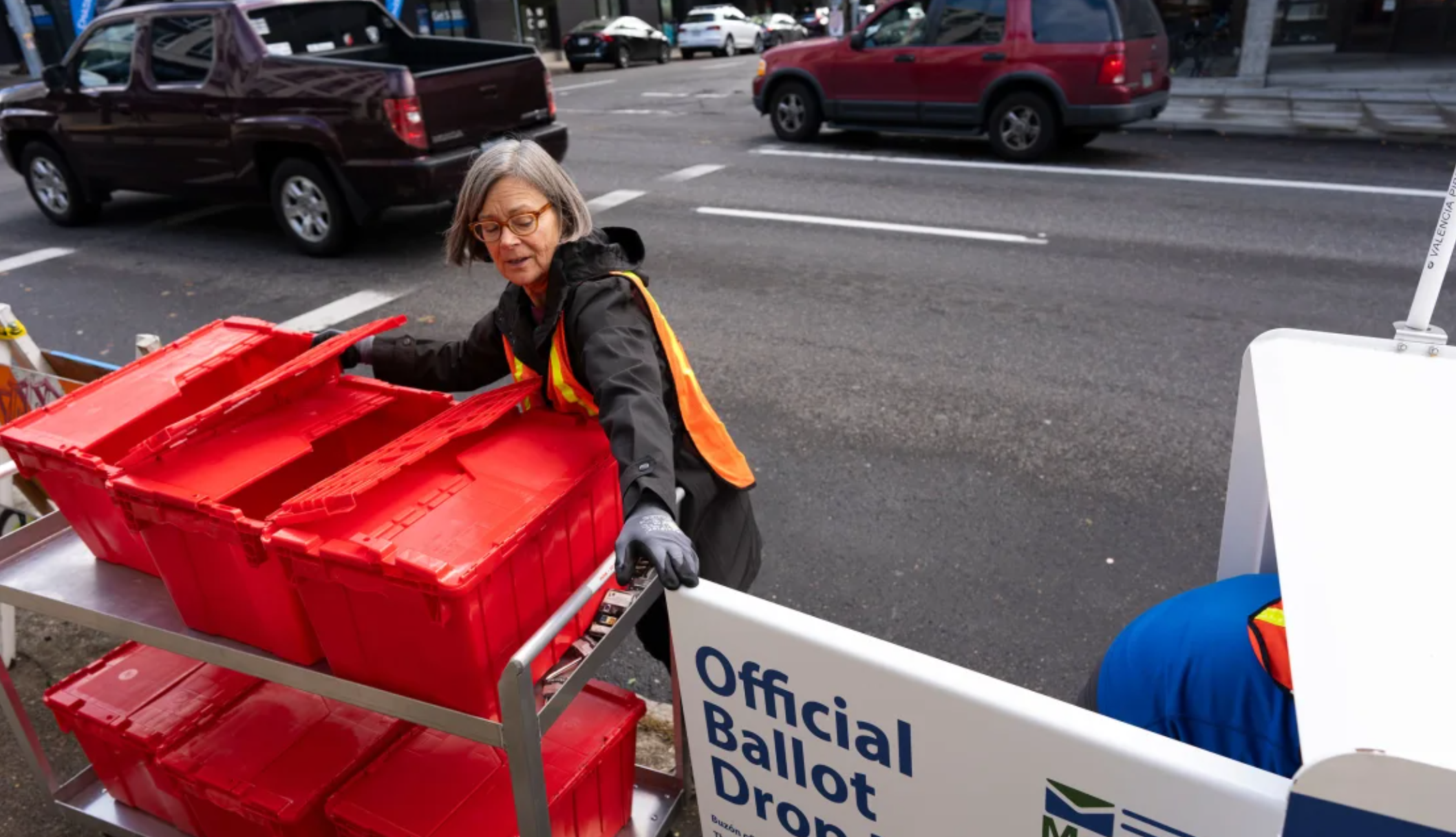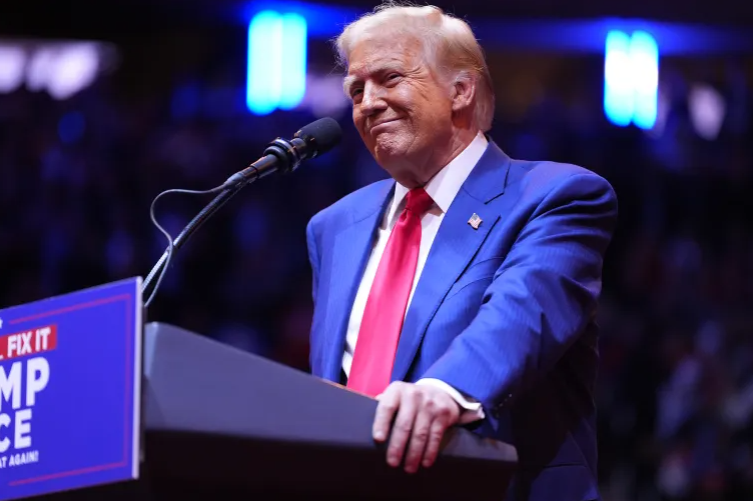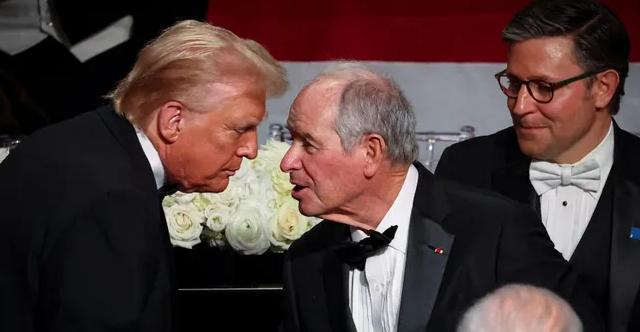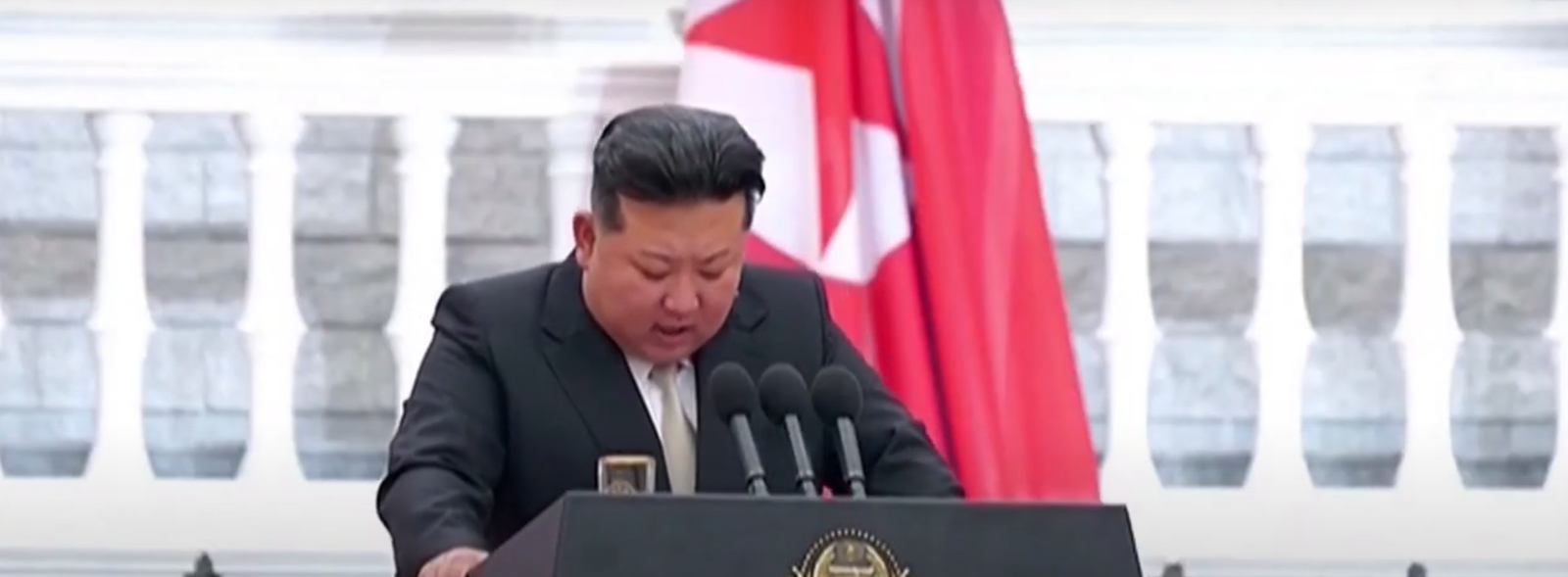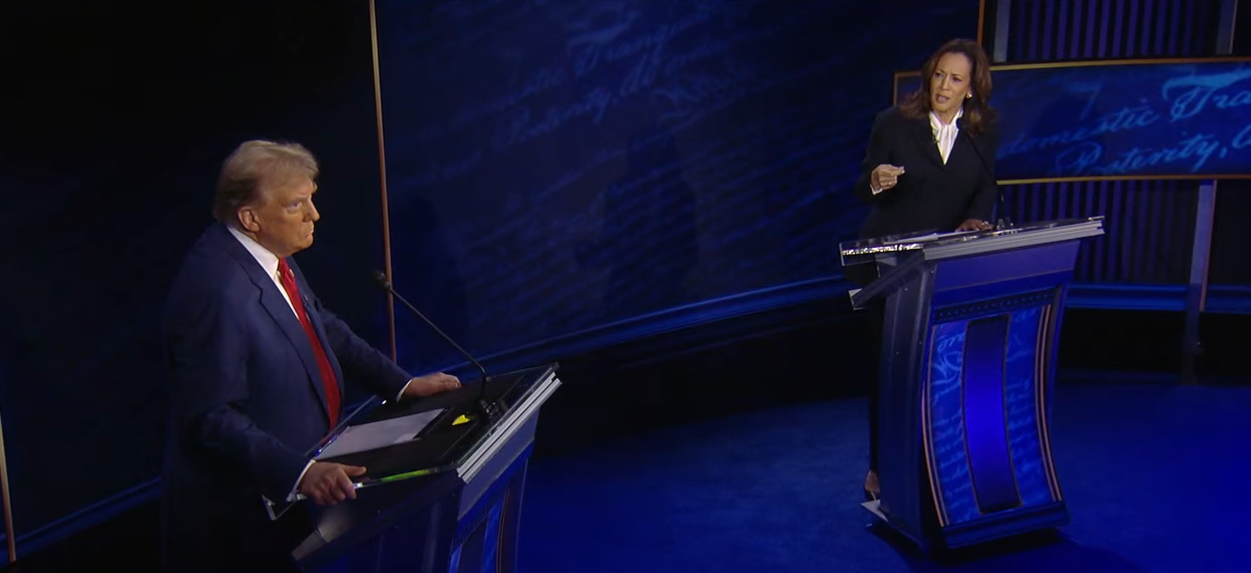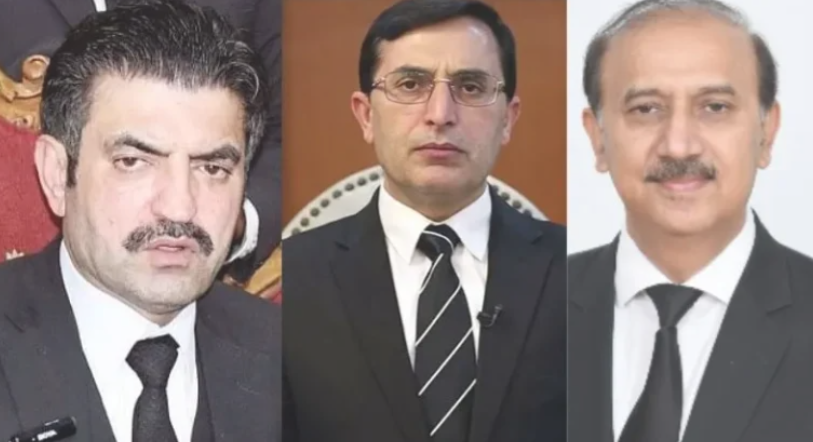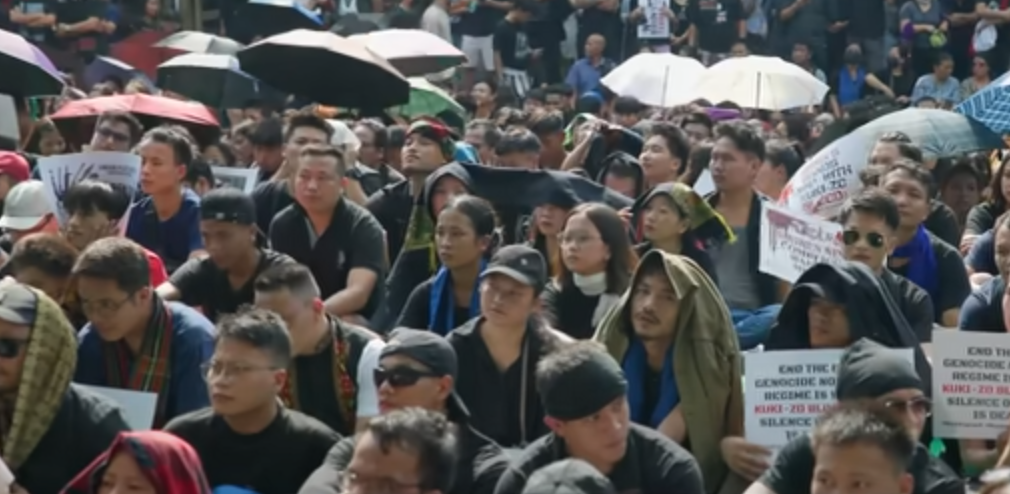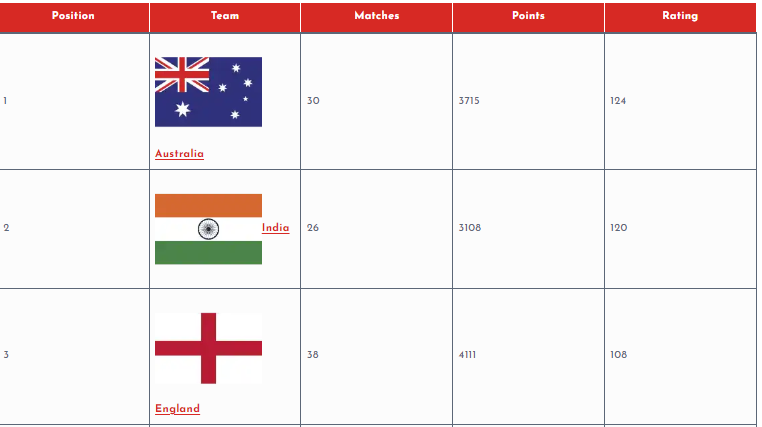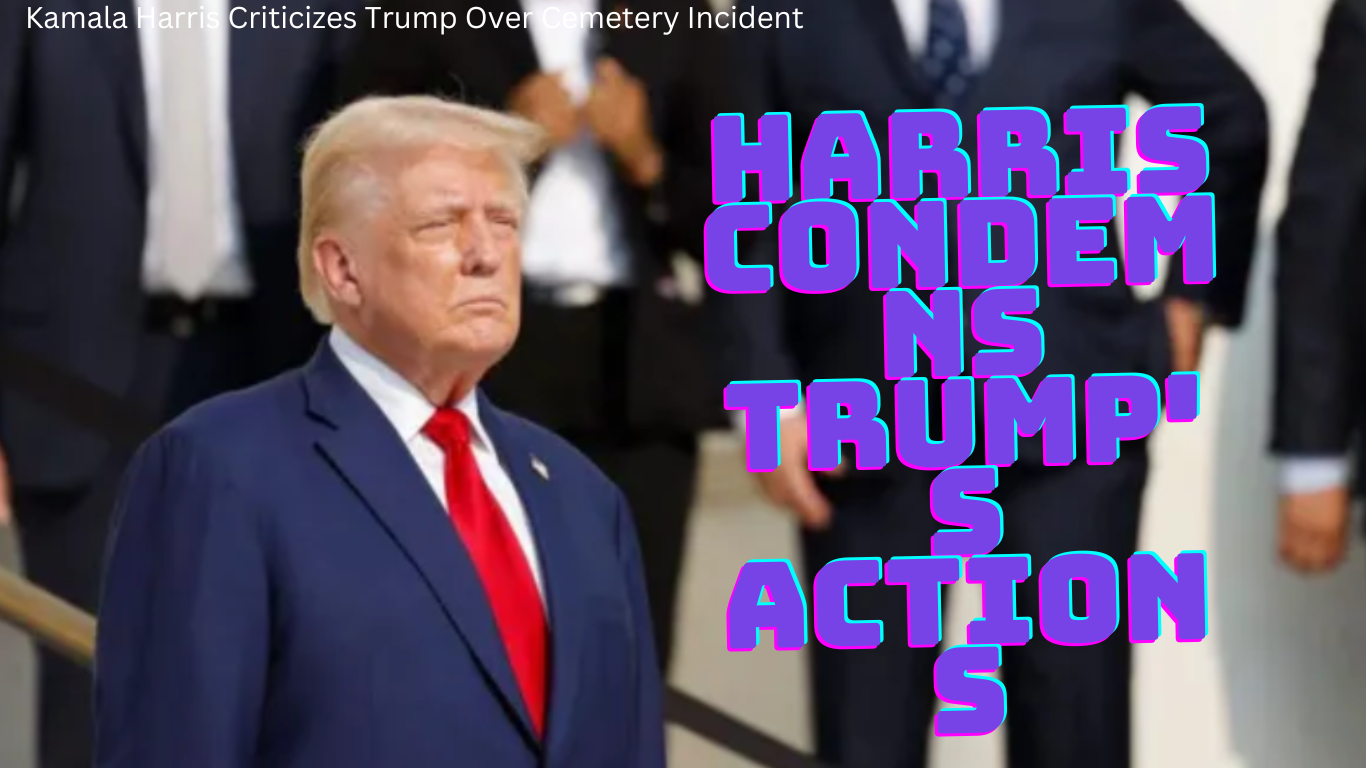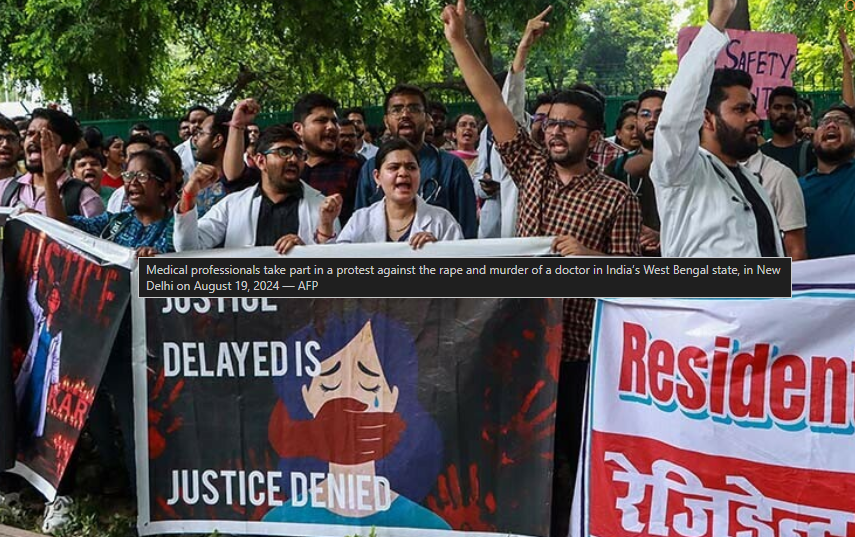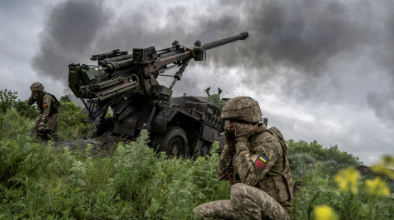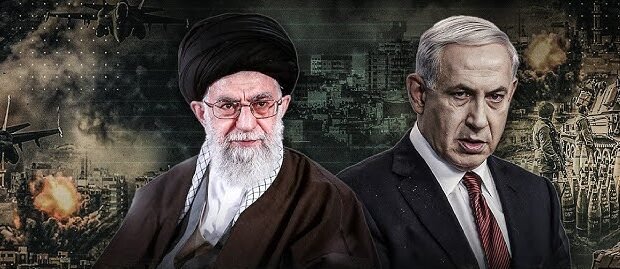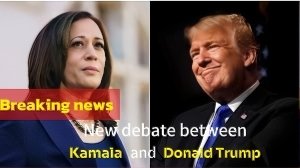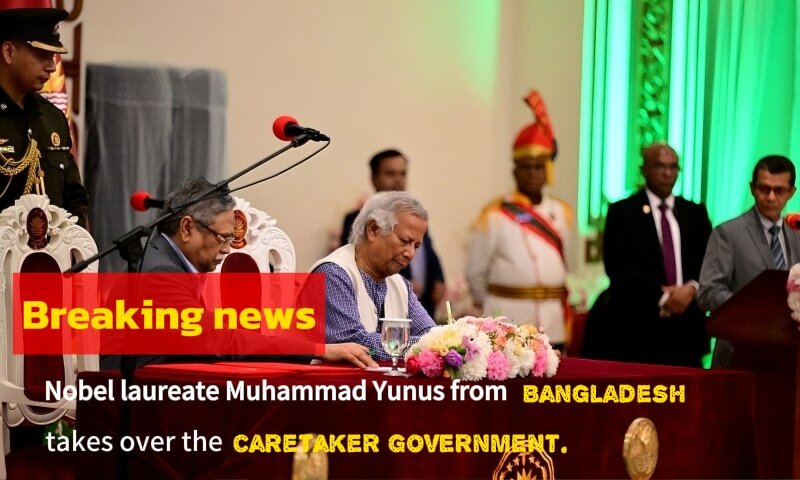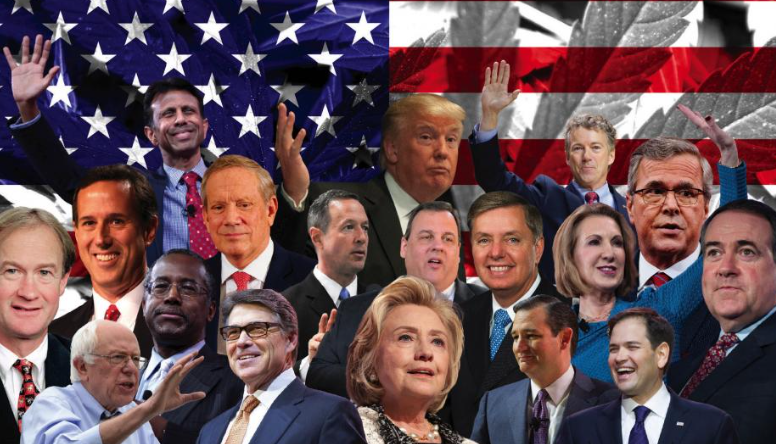
The U S political system is one of the oldest and most influential republic in the world. It has been a model for popular governance,
emphasizing the rule of law, the protection of individual rights, and the separation of powers. To completely understand American republic,
it’s essential to explore its foundational principles, the structure of its government, the electoral process, and the part of citizens in shaping
the nation’s political geography.
Foundational Principles of American Republic
At the heart of the U.S. political system is the conception of republic, which derives from the Greek word” demonstrations,” meaning”
people,” and” kratos,” meaning” rule.” thus, republic basically means” rule by the people.” In the United States, this principle is embodied in a
system of representative republic, where citizens handpick officers to make opinions on their behalf.
crucial foundational principles of American republic include
Popular Sovereignty This principle holds that the authority of the government is created and sustained by the concurrence of its people,
through their tagged representatives. The idea is that ultimate power rests with the people, and the government operates with their
concurrence.
Rule of Law The U.S. political system is grounded on the rule of law, meaning that laws are applied inversely to all citizens, including
government officers. No bone is above the law, and laws are created through a popular process and executed through an independent bar.
Separation of Powers The Constitution divides the civil government into three branches the Administrative, Legislative, and Judicial branches.
This separation of powers is designed to help any one branch from getting too important, icing a system of checks and balances.
Federalism The United States operates under a civil system, where power is participated between the public( civil) government and state
governments. This allows for a balance of power, with certain liabilities delegated to the countries and others reserved for the civil
government.
Individual Rights The Bill of Rights, the first ten emendations to the Constitution, guarantees abecedarian rights and freedoms to all U.S.
citizens. These include freedom of speech, religion, and the press, as well as the right to a fair trial, protection against unreasonable quests,
and the right to bear arms.

The Structure of the U.S. Government
The U.S. government is structured into three branches, each with its distinct functions and liabilities. This structure is designed to insure a
balance of power and help any single branch from dominating the government.
1. The Legislative Branch
The Legislative Branch, also known as Congress, is responsible for making laws. It’s a bicameral body, meaning it has two chambers the
Senate and the House of Representatives.
The Senate The Senate consists of 100 members, with each state taking two legislators, anyhow of its population size. Legislators serve sixtime terms, with one- third of the Senate up for election every two times. The Senate has unique powers, including the ratification of
covenants, the evidence of civil judges and administrative movables , and the power to try indictment cases.
The House of Representatives The House consists of 435 members, with the number of representatives from each state determined by its
population. Representatives serve two- time terms, and the entire House is over for election every two times. The House has the power to
initiate profit bills, impeach civil officers, and handpick the President in the case of an electoral council tie.
2. The Administrative Branch
The Administrative Branch is responsible for administering the laws passed by Congress. It’s headed by the President, who’s both the head
of state and the head of government. The President is tagged to a four- time term and may serve a outside of two terms.
The President The President’s liabilities include subscribing or downing legislation, issuing superintendent orders, conducting foreign policy,
and serving as the commander- in- chief of the fortified forces. The President also appoints civil judges, ministers, and other crucial officers,
subject to Senate evidence.
The Vice President The Vice President is the alternate-loftiest administrative officer and assumes the administration if the President is unfit
to serve. The Vice President also serves as the President of the Senate, casting a tie- breaking vote when necessary.
The Cabinet The Cabinet is composed of the heads of the superintendent departments, similar as the Secretary of State, Secretary of
Defense, and Secretary of the Treasury. These officers advise the President on colorful matters and oversee the perpetration of civil programs
within their separate departments.
3. The Judicial Branch
The Judicial Branch is responsible for interpreting the laws and icing they’re applied fairly. The bar is headed by the Supreme Court, which
has the final authority on matters of indigenous law.
The Supreme Court The Supreme Court consists of nine judges who are appointed by the President and verified by the Senate. judges serve
continuance movables , icing they’re isolated from political pressures. The Court’s primary part is to interpret the Constitution and review the
constitutionality of laws and administrative conduct. Through judicial review, the Supreme Court can strike down laws or administrative
conduct that it finds unconstitutional.
Lower Courts The civil bar also includes lower courts, similar as the U.S. Courts of prayers and U.S. District Courts. These courts handle cases
involving civil law and can hear prayers from state courts if a civil issue is involved.
The Electoral Process
The U.S. political system is grounded on regular choices, where citizens have the occasion to choose their representatives. The electoral
process is a abecedarian element of American republic, icing that government officers are responsible to the people.
4. Presidential choices
Presidential choices do every four times and are a significant event in American politics. The process includes
Primaries and Denominations campaigners from each political party contend in state- position primaries and denominations to win delegates
who’ll support them at the party’s public convention. These primaries and denominations determine the party’s designee for the general
election.


